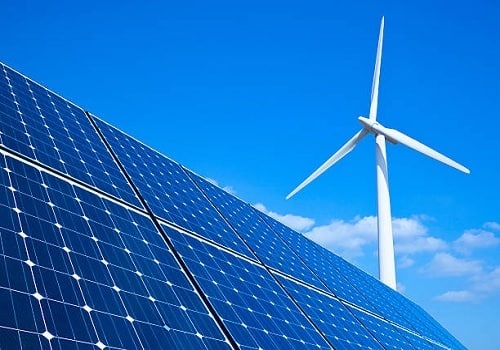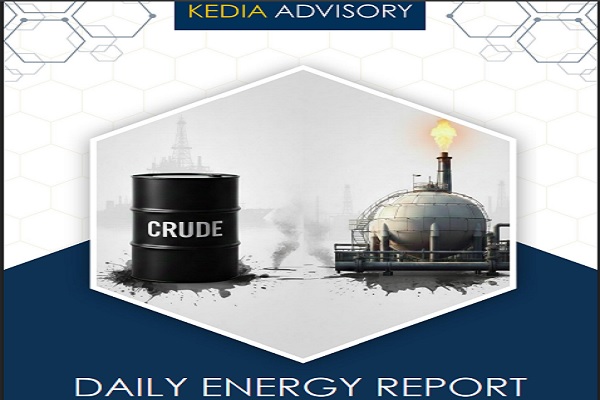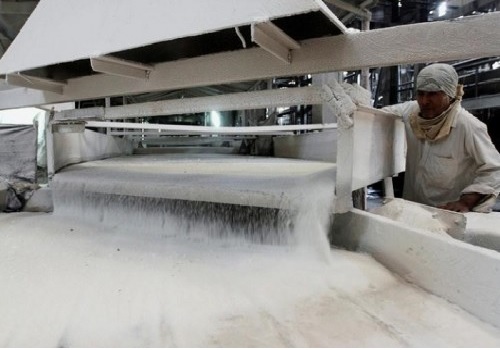Copper Prices Retreat as Rising Inventories and Weak Chinese Demand Dampen Bullish Momentum, Funds Slash Long Positions By Amit Gupta , Kedia Advisory

Copper prices have recently declined from their May peak of $1,104.50 per metric ton to around $9,000, driven by rising inventories and weaker-than-expected demand from China. The initial bullish outlook, which anticipated supply shortages and strong demand from green energy initiatives, has been dampened by high copper stocks in China and substantial exports to LME warehouses. As a result, funds have significantly reduced their long positions on both CME and LME contracts. On the CME, long positions have dropped by 80% since May, while the LME has seen similar reductions. Chinese copper inventories remain above 300,000 tons, further weighing on market sentiment. Despite this, analysts are cautiously optimistic about a potential price recovery later this year, with forecasts suggesting a rise to $9,500 per ton within three months and possibly reaching $11,000 early next year. For now, the market is likely to remain under pressure as investors await clearer signals on demand and inventory levels.
Key Highlights
# Copper prices have retreated from their record highs due to rising inventories and weak Chinese demand.
# Funds slashed long positions on CME and LME contracts as copper market prospects dimmed.
# Chinese copper stocks remain high, with exports to LME warehouses adding to supply concerns.
# Seasonal inventory increases and lack of Chinese policy support have further weakened bullish sentiment.
Copper prices have experienced a significant retreat from their record highs, falling from $1,104.50 per metric ton in May to around $9,000. This decline has been primarily driven by rising copper inventories and weak demand from China, the world's largest consumer of the metal. The initial bullish narrative, fueled by expectations of a green energy boom and supply deficits, has been tempered by the reality of higher-than-expected stocks and sluggish Chinese economic activity.
Funds have responded to this shift by dramatically reducing their long positions on copper contracts. On the CME, money managers' long positions have plummeted by 80% since May, dropping from 141,204 contracts to 78,790. A similar trend has been observed on the LME, where net long positions have fallen from 71,899 contracts in May to just 29,694 by late July. This reduction reflects a mix of profit-taking and stop-loss selling as prices declined.
Contributing to the bearish sentiment is the unusually high copper inventory in China. Shanghai Futures Exchange (ShFE) stocks remain above 300,000 tons, a level not seen since 2020. Furthermore, Chinese smelters have been exporting significant volumes to LME warehouses, particularly in South Korea and Taiwan, which has further inflated global copper stocks. The combination of rising inventories and muted demand from China's struggling property sector has sapped bullish momentum from the market.
Technical analysis suggests that copper prices could face continued pressure in the near term. The current price of $9,000 is within the lower range of forecasts for the third quarter. However, the consensus remains cautiously optimistic, with some predicting a recovery to $9,500 within the next three months and a potential rally to $11,000 early next year.
Conclusion
Copper prices may struggle in the short term, but can anticipate a potential recovery later this year if inventory levels stabilize and demand improves.
Above views are of the author and not of the website kindly read disclaimer
























